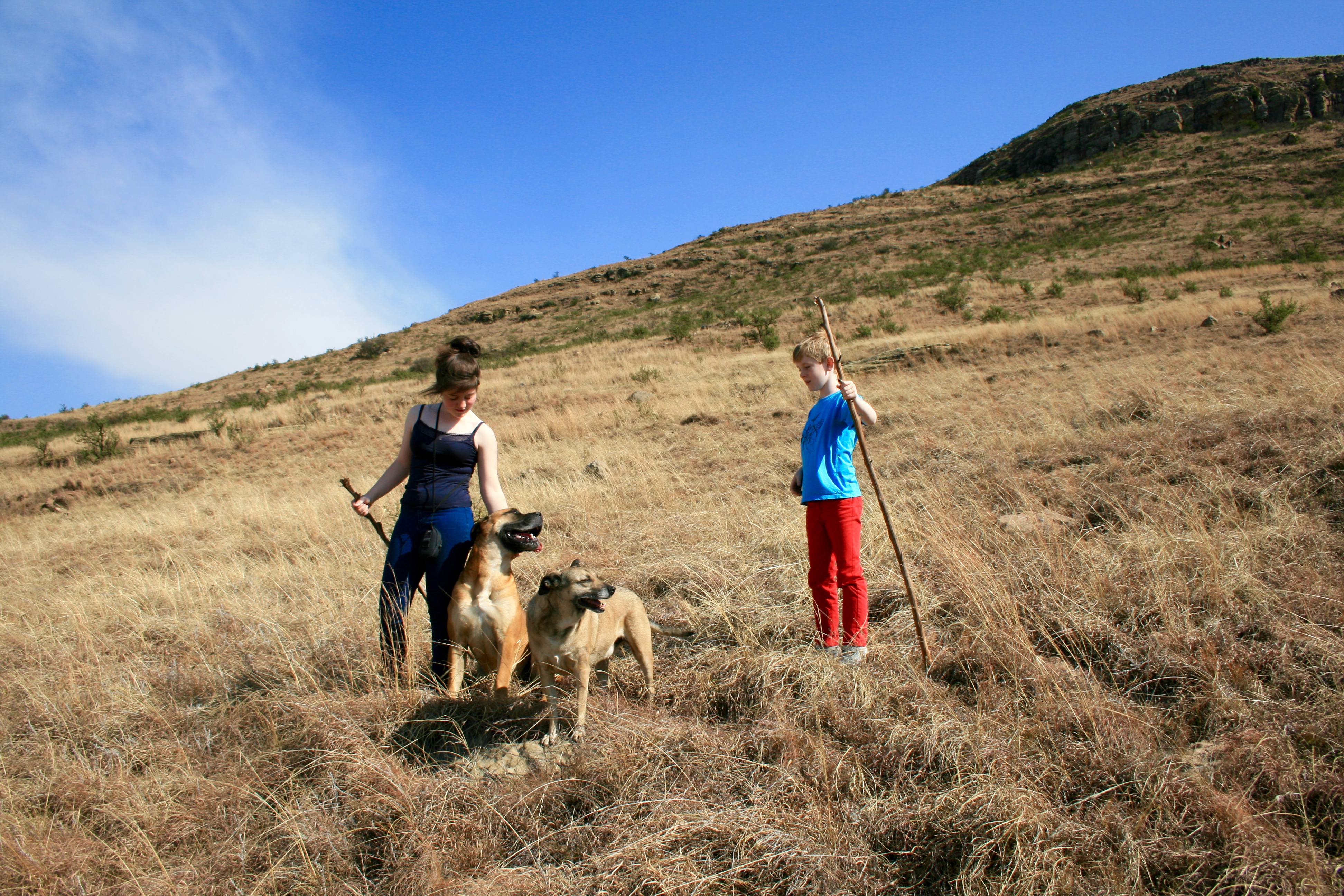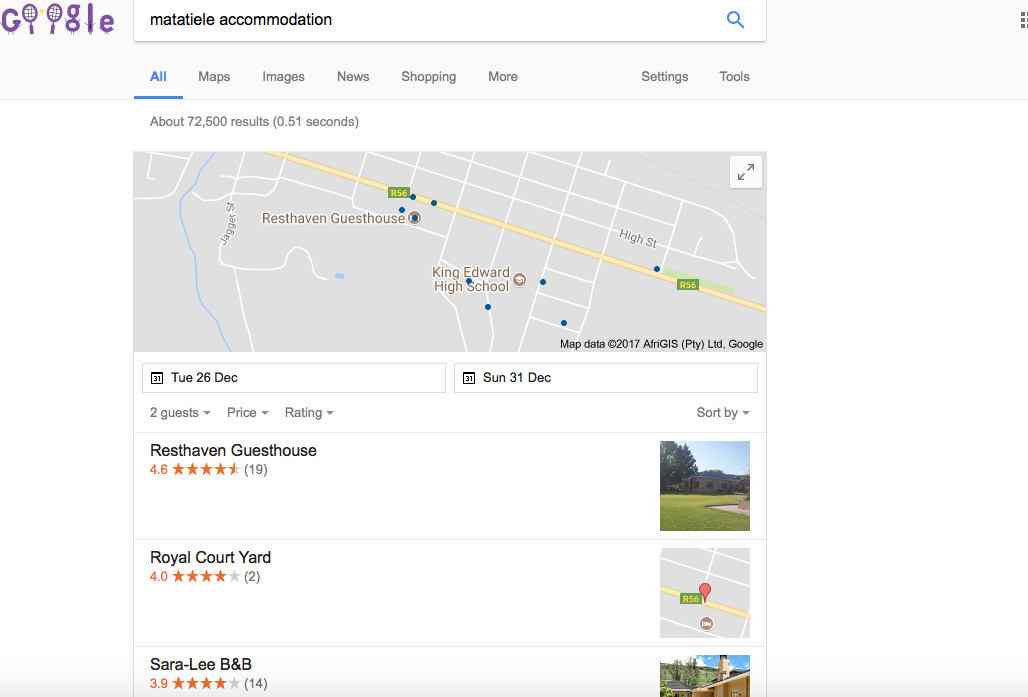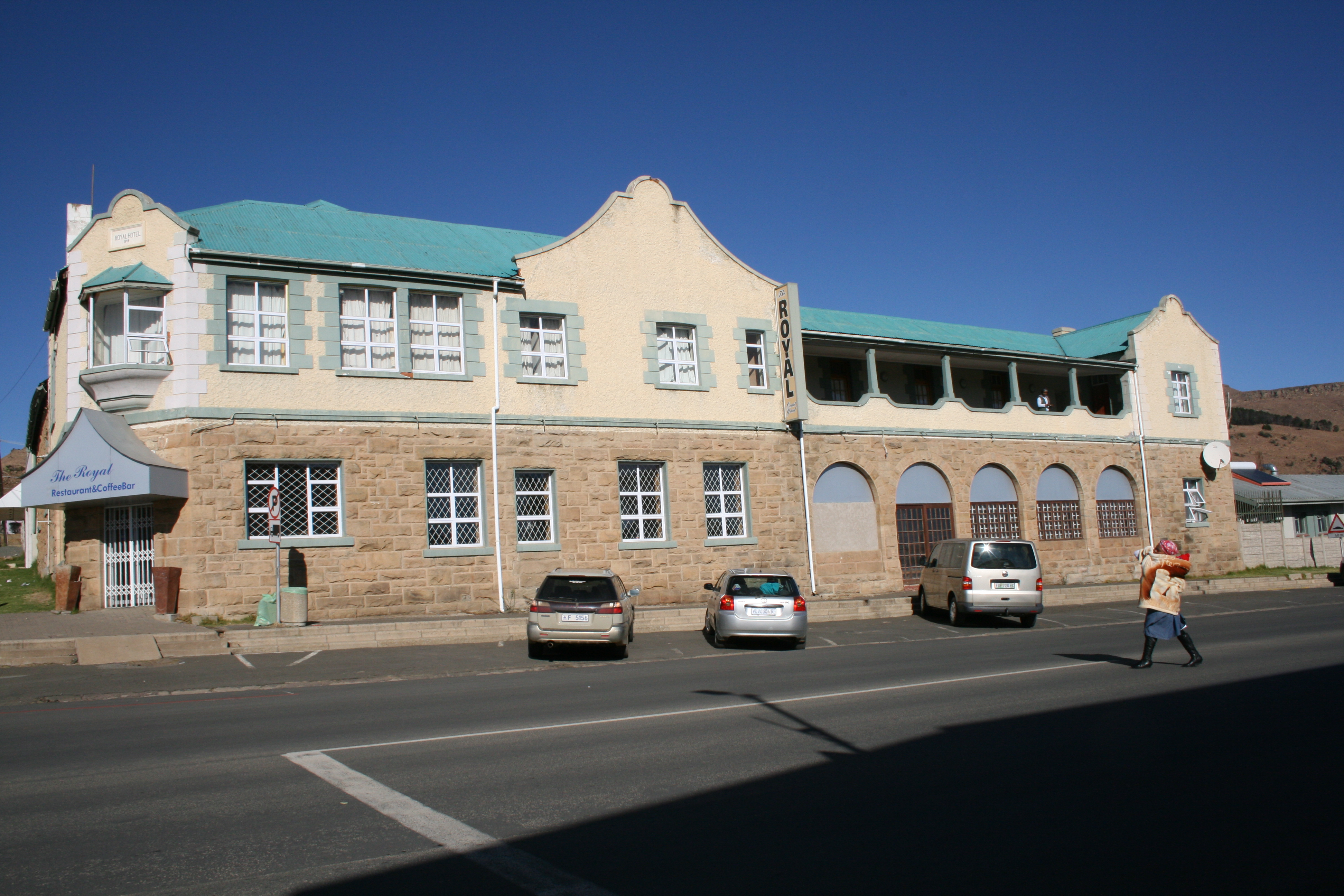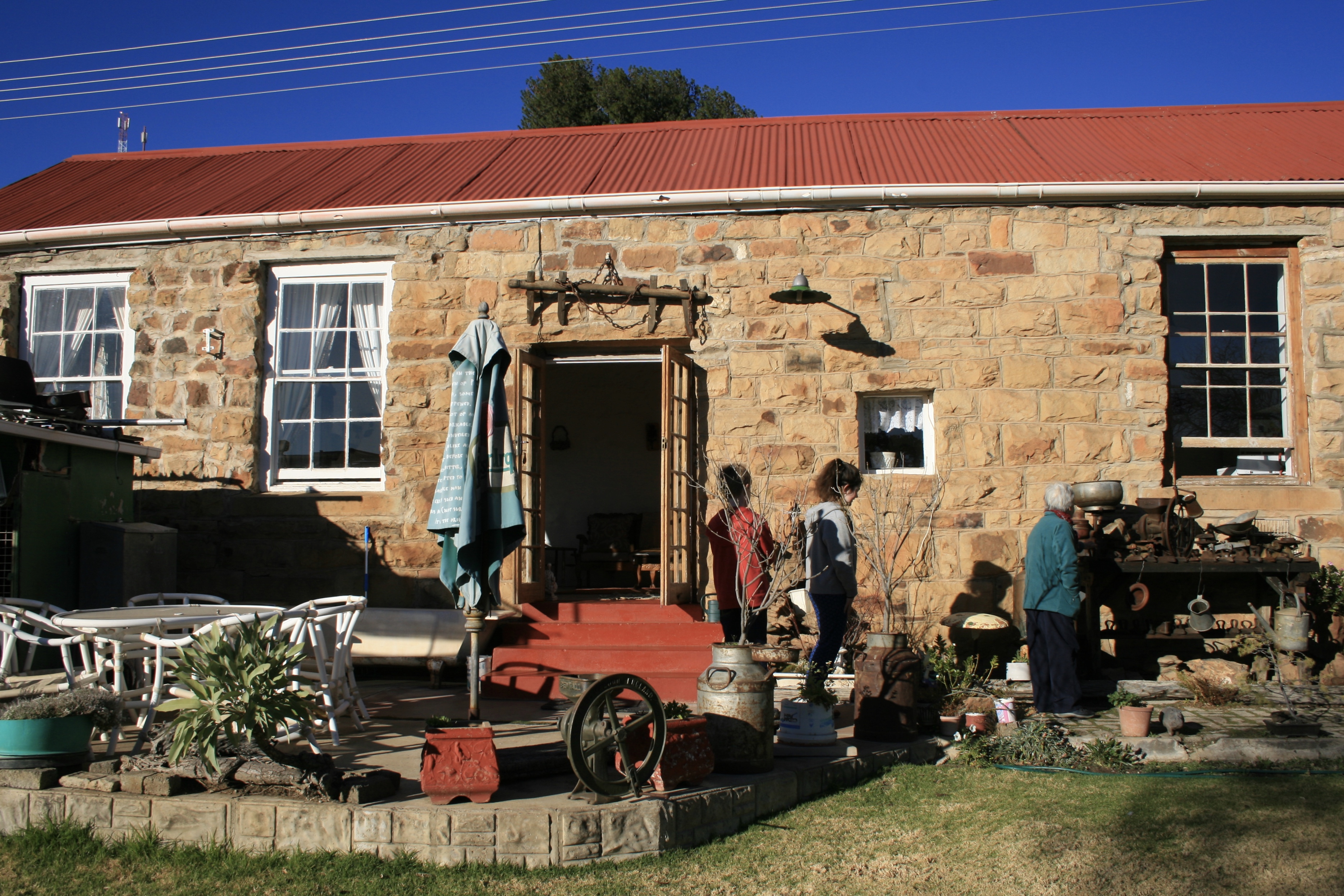‘Matatiele’: When I entered this Basotho word, which roughly translated means ‘the ducks have flown’, into Google last week, I was curious. How would, or even could, Google portray this place of beloved and vividly remembered childhood holidays?

My second cousin Penny – and the trusty Kipper – instilled an early love of horses
Top of search was Wikipedia with a description reading: ‘Matatiele is a mid-sized town serving the farming and trading communities of East Griqualand in the foothills of the western Drakensberg, Eastern Cape, South Africa, on the border with KwaZulu-Natal and 20 km from the southern frontier of Lesotho.’
A little lower down, it continues…
‘Evidence of Stone Age inhabitants in the form of art adorning rocks are found throughout the area. In the early 1860s the Griquas settled here after migrating across the Drakensberg from Philipolis. The town was the centre of cattle rustling and gun-running and order was only restored in 1874 by the Cape Mounted Riflemen. The town became a municipality in 1904.’

Early days in Matat – date unknown
So a bit of interesting history, though Wikipedia doesn’t say that East Griqualand was given the title ‘No-man’s land by the Xhosa King Faku after he was defeated and driven out by Shaka, king of the Zulus.

The mist rolling in from the hills of Rietfontein where Bushmen paintings can be found
Nor does it give any sense of the barren beauty of this remote, untouched landscape where Bushmen once roamed, and whose paintings can be found in mountain caves across the region, including on the farm Rietfontein, where my relatives settled some time in the late 1800s.
Recollections
What I see in my mind’s eye when I think ‘Matat’ is a road sign with the three flying ducks welcoming us to this one-horse town in the foothills of the Drakensberg. I see the rusting farm gate swinging open, and ahead the dirt road that leads to the bridge over the donga and then swings right towards the stone farmhouse, with its archways of rambling roses and grapevine-hung stoep.

On a visit in the winter of 2015 my son Calum leaps out, as we always did, to open the farm gate
From the farm gate on the hillside to the right is a crumbling house, which cattle have made their home. This is the house that Uncle Frank built for his English fiancé but was left to go to ruin after the letter arrived to say that she’d met somebody else on the boat from Bournemouth. It was a letter that broke his heart and, the story goes, is what drove him into the arms of a black woman, for which he was charged under South Africa’s brutal Immorality Act, and which led to the family becoming increasingly hermit-like.

The house that Uncle Frank built, photographed in the 1980s. It has now been renovated.
I see the light from the stained glass window falling into the hallway with its polished wooden floors and the organ in the front room, where Aunty Ada, one of the farm’s strange and ancient inhabitants, is hunched over embroidering. Then there is Aunty Dorothy in her ankle length skirt, woolly hat, and the stick she carved from local yellow wood, stooped over feeding her beloved sheep, which she refused sell unless traders swore that they would not end up as mutton chops.

Aunty Dorothy, the shepherdess, and one of the four unmarried siblings that were born on Rietfontein
I can picture the house nestled at the foot of the mountain that hugs the border of the mountain kingdom of Lesotho; if you’re not scared of porcupines, prickly grass and snakes, you can climb it for a vista of the Drakensberg escarpment and you might even find the paintings of the Khoisan people who once roamed this land.

In 2015, my children and I returned to the farm and climbed the mountain
I remember bitterly cold nights, wearing pantyhose as thermal underwear and a guinea fowl shooting party. Flooding back comes the smug elation of being told we could sleep in the comfy beds in the rondavel behind the house, which doubled as spare room for guests. What we weren’t told was that our Granny-ma had spotted a Cape cobra in it earlier that day, and had decided it would be safer for her to sleep on the floor.

Aunty Elaine (left), Aunty Ada and my second cousin Stuart who was killed in a car crash on the farm road in 1979
Then there is the smell of wood smoke from the rondavels, paraffin as the lamps are lit, and Gaulois cigarettes, which my great-aunt Elaine always puffed on, Audrey Hepburn style, from a tortoise shell cigarette holder – and which caused her emphysema.

The rondavels today are painted in bright colours
The sound of dogs barking, the musical chitter-chatter of local children, the call of the Piet-my-Vrous, and the morning croo-coo, croo-coo of the Cape Turtle Dove, are also neatly stored in the compartment of distant memory.
On the horizon to the west, I recall the spectacular sunsets; a violent red strip of sky, flecked with wisps of cirrus cloud, and the voice of my mother Red Sky at Night is a Shepherd’s Delight.
Back to reality
I could go on, and on – and on. But I have accommodation to find in Matatiele because, after throwing the remains of Dad darling to the Indian Ocean where he loved to surf on December 23rd, I want to make a sentimental journey to this place of rich childhood memories.

A view from one of Durban’s Piers
So what then does Google show me if I enter ‘Matatiele accommodation’ into search? Only last week Google was slapped with a €2.4 billion fine by the European Commission which found that the US company had “abused its dominant position by systematically favouring” its own shopping comparison service.
So I’m curious to see how search results are being displayed, as one of my hats requires me to cover the travel industry, which is becoming increasingly threatened by Google’s monopoly in search, and its move up what industry jargon refers to as the ‘trip-planning funnel’.
Needless to say, top of the pile are results from Google Hotel Finder (paid for adverts don’t seem to have reached this part of the world) but I have to confess that I’m pleased to see that Resthaven, where we stayed in 2015, sits top of this pile.  There really isn’t much choice in Matat but if hospitality is the secret of a guesthouse’s success, then Resthaven comes up trumps. When we stayed there in 2015 Philip Rawlins, the proprietor, really could not have been more helpful. Not only did he contact the new owners of Rietfontein to arrange a visit, he even lent us his 4×4 (at no extra charge) when we heard that the donga bridge had been recently washed away in a recent flood.
There really isn’t much choice in Matat but if hospitality is the secret of a guesthouse’s success, then Resthaven comes up trumps. When we stayed there in 2015 Philip Rawlins, the proprietor, really could not have been more helpful. Not only did he contact the new owners of Rietfontein to arrange a visit, he even lent us his 4×4 (at no extra charge) when we heard that the donga bridge had been recently washed away in a recent flood.

The 4×4 lent to us by Philip Rawlins at Resthaven Guesthouse which allowed us to cross the donga and get into the farm hills
Google’s number 2 is also a pleasing result for me personally: the Royal Courtyard Hotel. Though clearly a very different place today, this was formerly the net-blankes, whites-only Royal Hotel, where we’d stayed on at least one occasion in the late 1970s and ’80s with Umma, my great uncle Max.

Back then it was a grand and austere establishment with, as I recall, a maroon-carpeted, dark-wood hotel bar, where we’d sometimes stop for refreshments en route to the farm. Here Umma would steadily drink his way into an argument and sometimes, lubricated to the point of showing off, he’d insist we spend a night of ‘luxury’ before heading to Rietfontein, where there was no running water or electricity. If he’d told them he was gay, it might have been the end of us.

The Royal Courtyard Hotel today, formerly the Royal Hotel
Click through from the Google Hotel Finder results and you find yourself on another Google landing page offering Google Reviews first, followed by the hotel’s own website, then TripAdvisor and finally a lesser known online travel agent where2stay-southafrica.com.
No doubt Google is providing these establishments with a service, even if they have to pay it. But what about the others that aren’t? Since most people start their search with Google that clearly isn’t working for them. On turning to Airbnb, I find just two listings in the town itself, one a family home, the other the Kairos Guesthouse and few more on Booking.com which also has inventory that hasn’t found its way onto Google.
What my searching for accommodation on Google has shown me is this: no website, does this remote, wild, unspoilt region they call East Griqualand justice. The sweeping vistas and barren surreal landscapes are just too far from Johannesburg or Durban for a weekend trip away. And so, major developers in tourism have stayed away, so you won’t find anything too flash or upmarket.
When I returned in 2015, I was worried that I would find the area vastly changed. Yes the farmhouse is a little different. The rambling roses have gone, there is more Australian wattle, now classified as an ‘alien’ plant, growing a little too vigorously on the banks of the donga. And Uncle Frank’s house has been developed, and is now inhabited.

Maybe I’m stuck in my own past looking back. But when I returned to Matat two years ago, it seemed to me that in this corner of South Africa there is harmony, where people and landscape are in communion with each other, even in a country where elsewhere things seem to be falling apart. Secretly, I’m hoping the same will be true in December this year.
At this stage, I still haven’t decided on the dates for my journey to Matat, but I’ll more than likely stay at Resthaven. I can hardly wait, and I feel excited, and a even a little emotional.
 The house of Jan Schoeman who is a collector of local memorabilia in the town of Matat
The house of Jan Schoeman who is a collector of local memorabilia in the town of Matat
This is not uncommon, Jan Schoeman, a collector of local memorabilia, who I met in the town on an early morning walk in 2015, and who invited us in for coffee, told me: ‘You only cry twice in life. When you arrive in Matatiele and when you leave’.

Lovely reading your blog! Such memories! I lived in Matat for 43 years. It is the most unique place, without any form of racism and prejudice! No mambas in East Griqualand though. Too cold!
Rosslyn Hattingh. Teacher and Deputy Principal at King Edward.
Thanks Rosslyn for taking the time to write a comment and for putting me straight on the Mambas 🙂